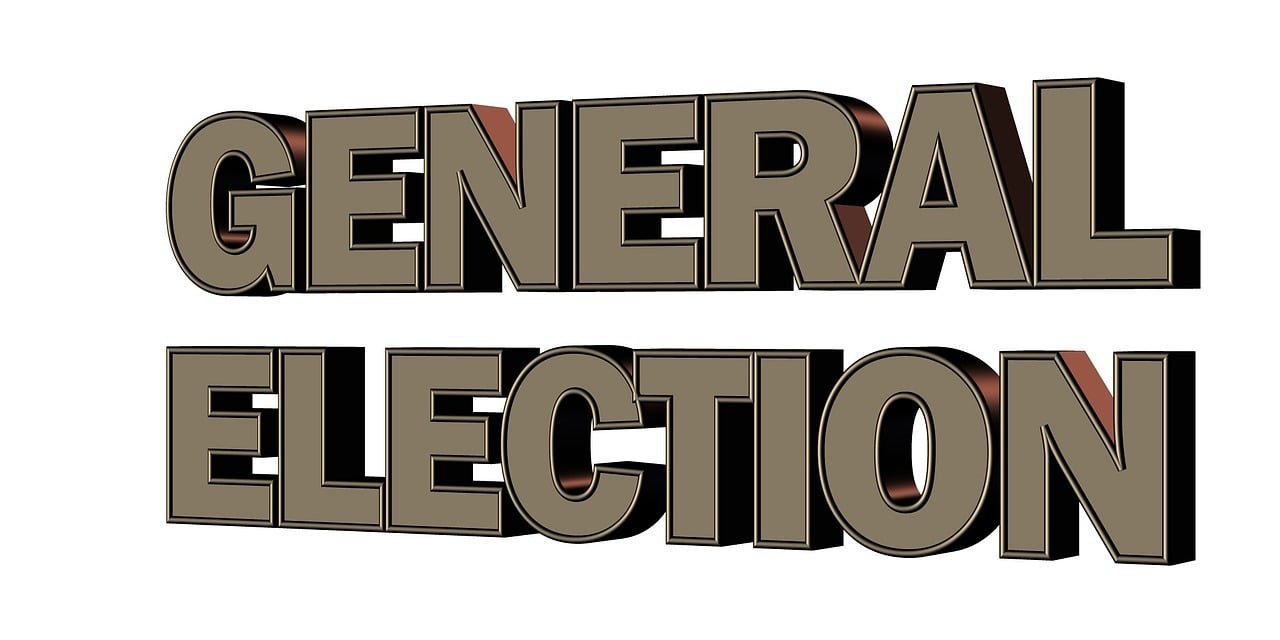Symbol Allocation Process, In a recent ruling, the Supreme Court of India upheld the process of symbol allocation by the Election Commission of India (ECI), dismissing a petition filed by The political entity known as the Bharat Rashtra Samiti (BRS) party located in the state of Telangana.
This decision has brought to the forefront the intricacies of how election symbols are allocated in Indian politics.
The Symbol Allocation Process
The responsibility for allocating symbols to political parties in India lies with the Election Commission of India (ECI). This allocation process is governed by The Election Symbols (Reservation and Allotment) Order, 1968, which lays out the rules for symbol allocation. Symbols can either be “reserved” for recognized political parties or “free” for unregistered parties.
Reserved vs. Free Symbols
Reserved Symbols: Recognized national and state parties are granted exclusive symbols that reflect their identity and values. These symbols are exclusive to the respective party and are not open for selection by other parties in subsequent elections.
Free Symbols: Unrecognized registered parties, however, have the option to choose from a pool of free, non-exclusive symbols. Other parties can choose these symbols in upcoming elections.
Publication of Symbols
The Election Commission releases catalogs of political parties along with their associated symbols by means of notifications in the Gazette of India. Currently, there are six national parties, 26 state parties, and 2,597 registered unrecognized parties, each with a unique symbol.
Symbol Origins
Many of the election symbols, such as a bicycle, elephant, and broom, were conceived during brainstorming sessions led by the late MS Sethi, an ECI official. These symbols were selected to strike a chord with the daily experiences of the average citizen. Over time, the list has expanded to include contemporary symbols such as a bowl of noodles and a mobile charger.
Preferences of Political Parties
Unregistered parties must furnish a list of ten preferred symbols from the available selection of free symbols. Additionally, they can propose three new symbols for consideration by the ECI, provided these symbols do not resemble existing symbols, have no religious or communal connotations, and do not depict animals or birds.
Symbol Allocation Process in Party Splits
In cases of internal divisions within recognized political parties, the responsibility of determining symbol allocation falls to the Election Commission. As an example, the Congress party, which was originally represented by a symbol depicting a pair of bulls, later opted for the hand symbol after experiencing internal schisms.
The ECI also handles requests from factions within parties for unique symbols, taking into account factors such as religious connotations and existing symbol usage.
Also Read | Dharamshala Mayor Election 2023: Find Out When Voting Will Take Place |
Implications and Questions
The recent Supreme Court decision highlights the significance of the symbol allocation process in Indian politics. It prompts questions about the fairness, transparency, and effectiveness of this system in ensuring a level playing field for all political parties.
In conclusion, the allocation of election symbols in India is a critical aspect of the electoral process. The distinction between reserved and free symbols, the publication of symbols, their origins, and the preferences of political parties all play a vital role in shaping the democratic landscape.
Additionally, the resolution of symbol allocation during party splits underscores the importance of an impartial electoral body in maintaining the integrity of the process.
While the recent Supreme Court verdict has validated the existing system, it also underscores the need for continuous evaluation and improvement to maintain the integrity of Indian democracy.
In conclusion
the Supreme Court’s recent endorsement of the symbol allocation process by the Election Commission of India underscores the critical role of this system in Indian democracy. The distinction between reserved and free symbols, as well as the transparency in symbol publication, ensures a fair electoral playing field.
The origins of symbols, rooted in the common man’s daily life, maintain a connection with the electorate. Symbol preferences for unregistered parties and resolution in party splits uphold the democratic principles of inclusivity and adaptability.
This ruling not only validates the current system but also emphasizes the ongoing need for transparency and fairness in India’s electoral processes to preserve the integrity of the democratic framework.
